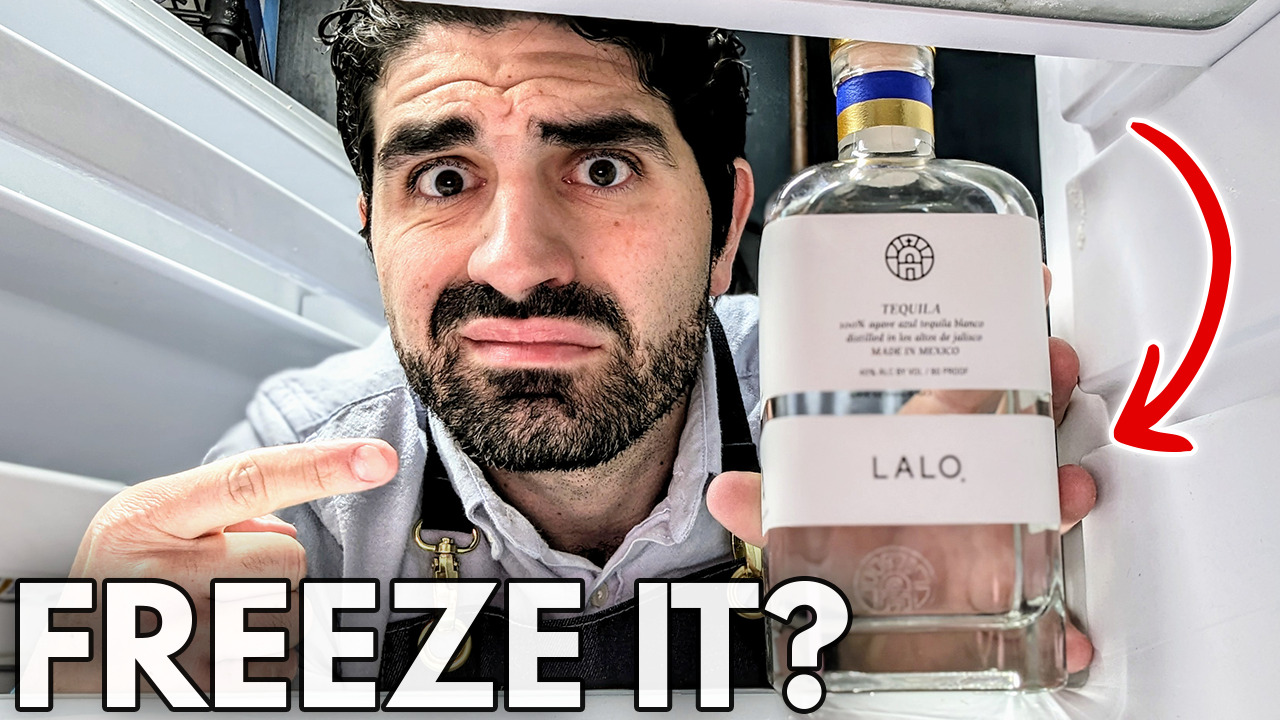Alright, alright, alright, let’s talk about tequila. Specifically, let’s dive into my experience with Tequila Pantalones, the brand launched by Matthew McConaughey and his wife, Camila.
Now, I’ve been a tequila enthusiast for a while, and I’ve had my fair share of celebrity-endorsed brands. When I heard about Pantalones, I was intrigued. The name is quirky, the branding is playful, and the connection to McConaughey definitely piqued my interest.
I managed to get my hands on both the blanco and reposado expressions. The blanco, priced at around $40, had a decent aroma – vegetal with a hint of alcohol, nothing out of the ordinary. But the taste? It was a letdown. While there was some agave flavor, it was overshadowed by an artificial sweetness that felt out of place. The finish had a harsh burn that clashed with the sweetness.
The reposado, aged for nine months in former bourbon barrels, was even more disappointing. It had a dark color that seemed unnatural for its age, and the aroma was a strange mix of cinnamon, spice, and an odd note that I couldn’t quite place. The taste confirmed my suspicions – that same artificial sweetness was even more prominent, like a fake vanilla-caramel flavor. It reminded me of suntan lotion, which isn’t exactly what I’m looking for in my tequila.
What makes this whole situation even more perplexing is that Pantalones is made at the same distillery as some other highly respected tequilas, namely Cazcanes and Tres Agaves. These are brands that I know and admire for their commitment to traditional methods and additive-free production.
It’s not like McConaughey stumbled into some random, low-rent distillery. No, he’s partnered with a facility that’s clearly capable of producing top-notch tequila. They have the equipment, the expertise, and the agave sources to make something truly special. And yet, they seem to have taken a shortcut with Pantalones, opting for additives and artificial flavors instead of letting the agave shine through.
So why does Pantalones fall so short?
This is where I start to ponder the influence of celebrity in the tequila industry. It seems that many celebrity brands, perhaps influenced by marketing demands or a desire to create a specific, easily recognizable flavor profile, resort to using additives. This sacrifices the true essence of tequila for something artificial and, in my opinion, inferior. It’s a real shame, because with the right approach and a focus on quality, McConaughey could have leveraged his influence to create a truly exceptional tequila.But alas, Tequila Pantalones seems to be another example of a celebrity tequila that prioritizes branding over substance. It’s a missed opportunity, and a reminder that a famous name doesn’t guarantee a quality product.








